
How did Nazi Germany, from limited natural resources, mass unemployment, little money and a damaged industry, manage to unfurl the cataclysm of World War Two and come to occupy a large part of the European continent? Based on recent historical works of and interviews with Adam Tooze, Richard Overy, Frank Bajohr and Marie-Bénédicte Vincent, and drawing on rare archival material.
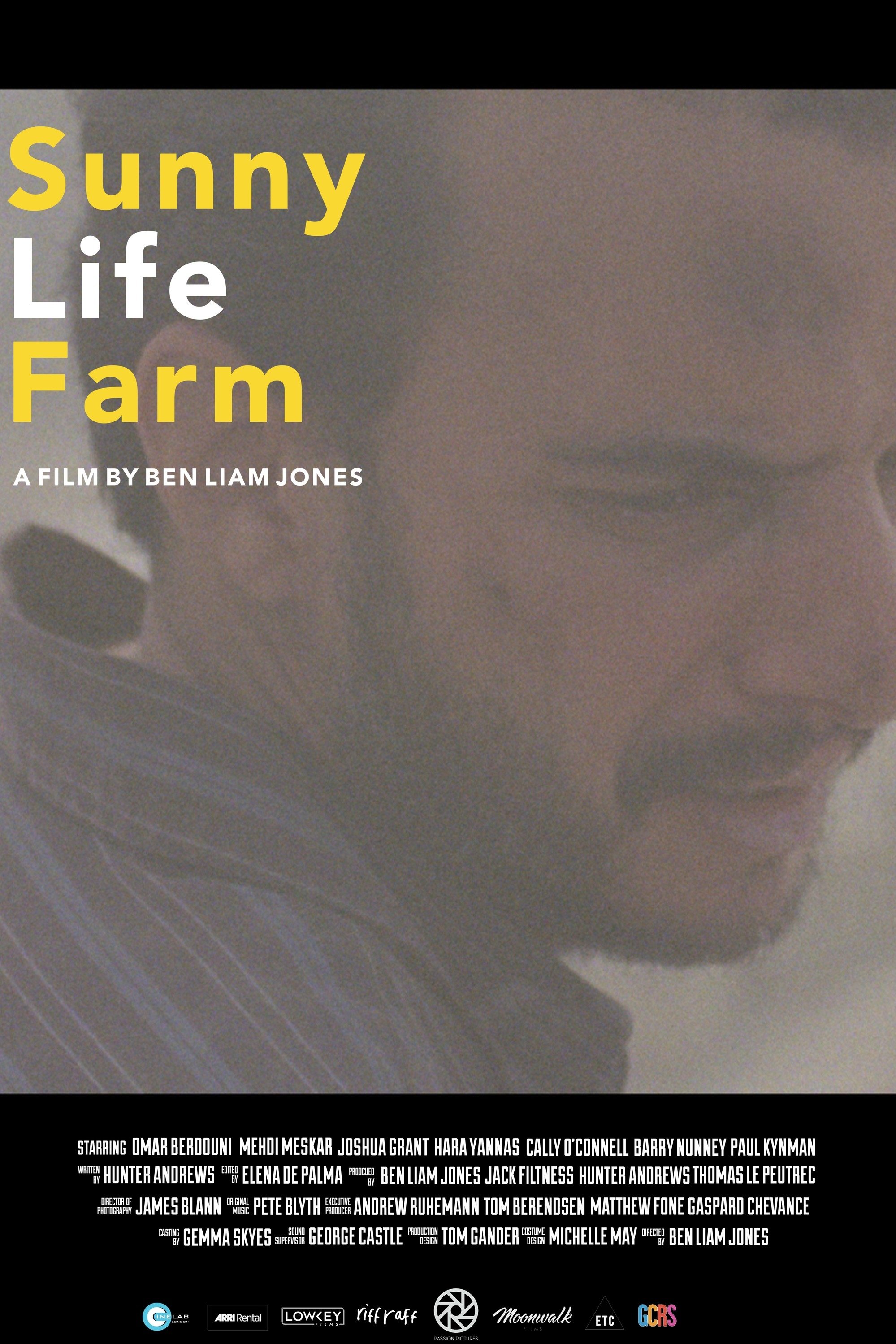
Set on a British farm, a supplier to major supermarkets. This murky operation holds Nizar behind closed doors as a slave. Riddled with debt he finds his dream of reuniting with his family thrown into jeopardy when he becomes responsible for a volatile new arrival.
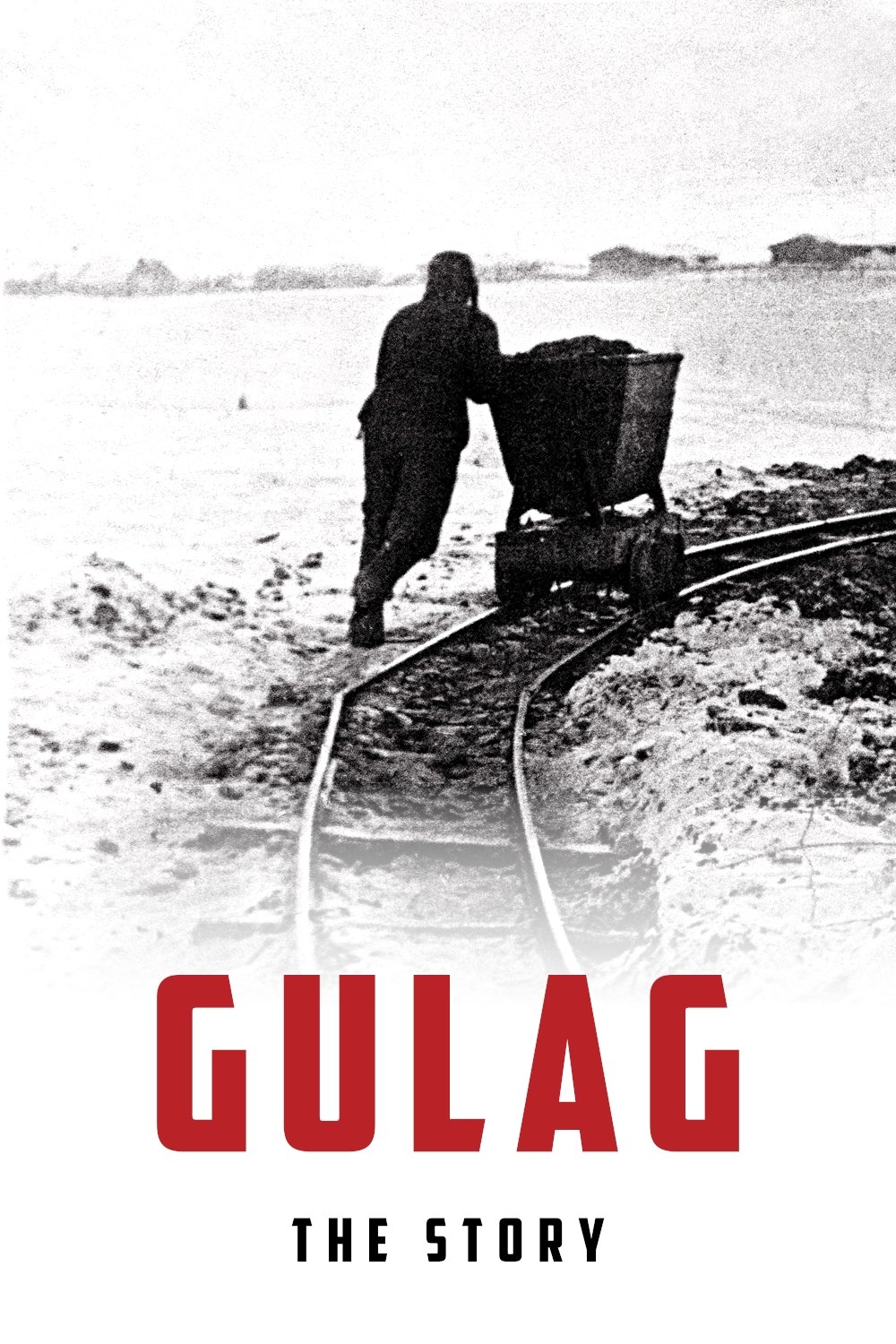
A major political, historical, human and economic fact of the 20th century, the Gulag, the extremely punitive Soviet concentration camp system, remains largely unknown.
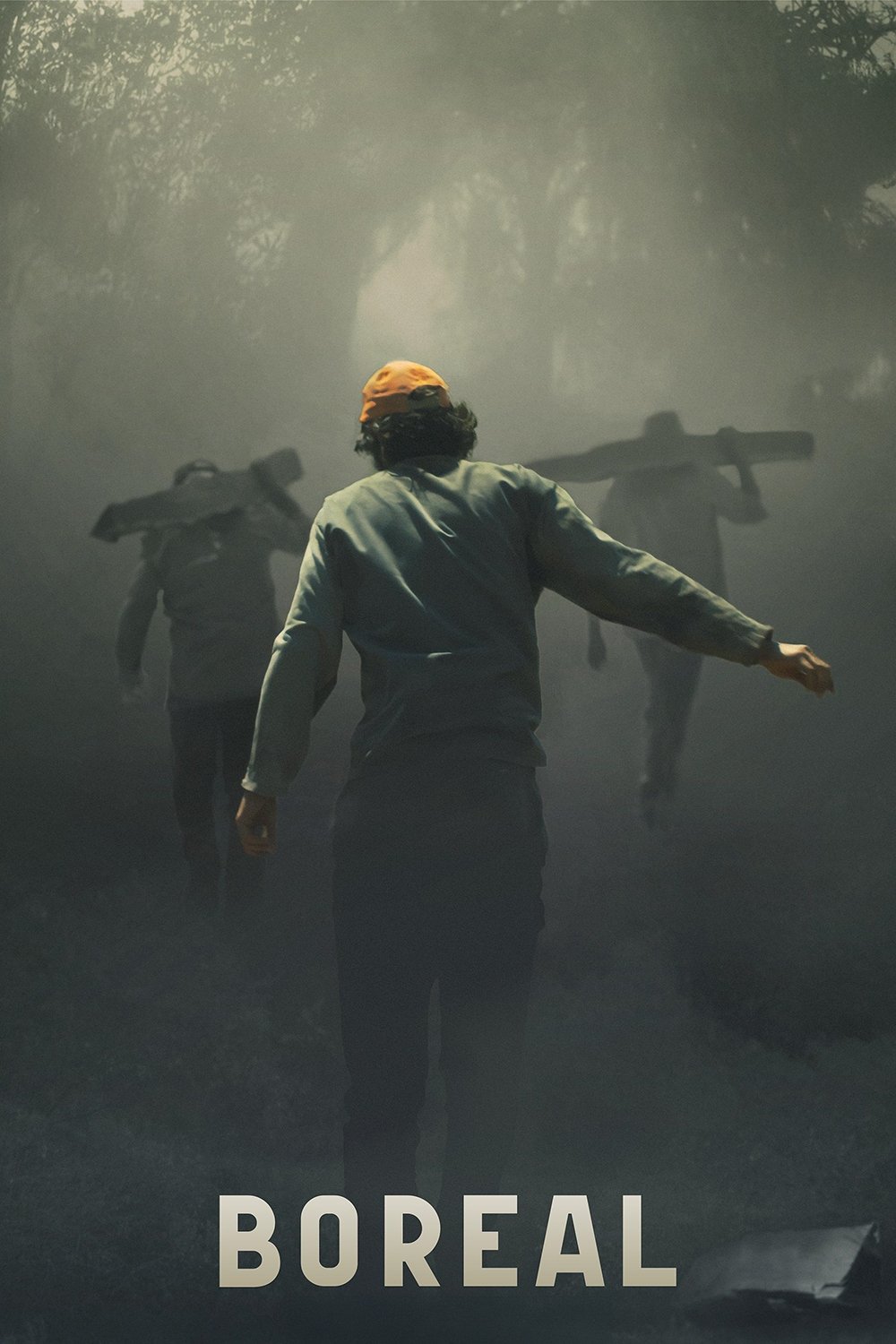
Young Benjamin is having trouble adjusting to barbed wirework. Waiting for days to the Mennonite chief but the wait is very long. The other workers, César and Genaro, begin to feel that the Paraguayan Chaco is getting strange and tiring.

After the fall of the Berlin Wall, thousands of documents were hastily shredded by the dreaded GDR political police. 16,000 bags filled with six million pieces of paper were found. Thanks to the meticulous work of technology, the destinies of men and women who had been spied on and recorded without their knowledge could be reconstructed.
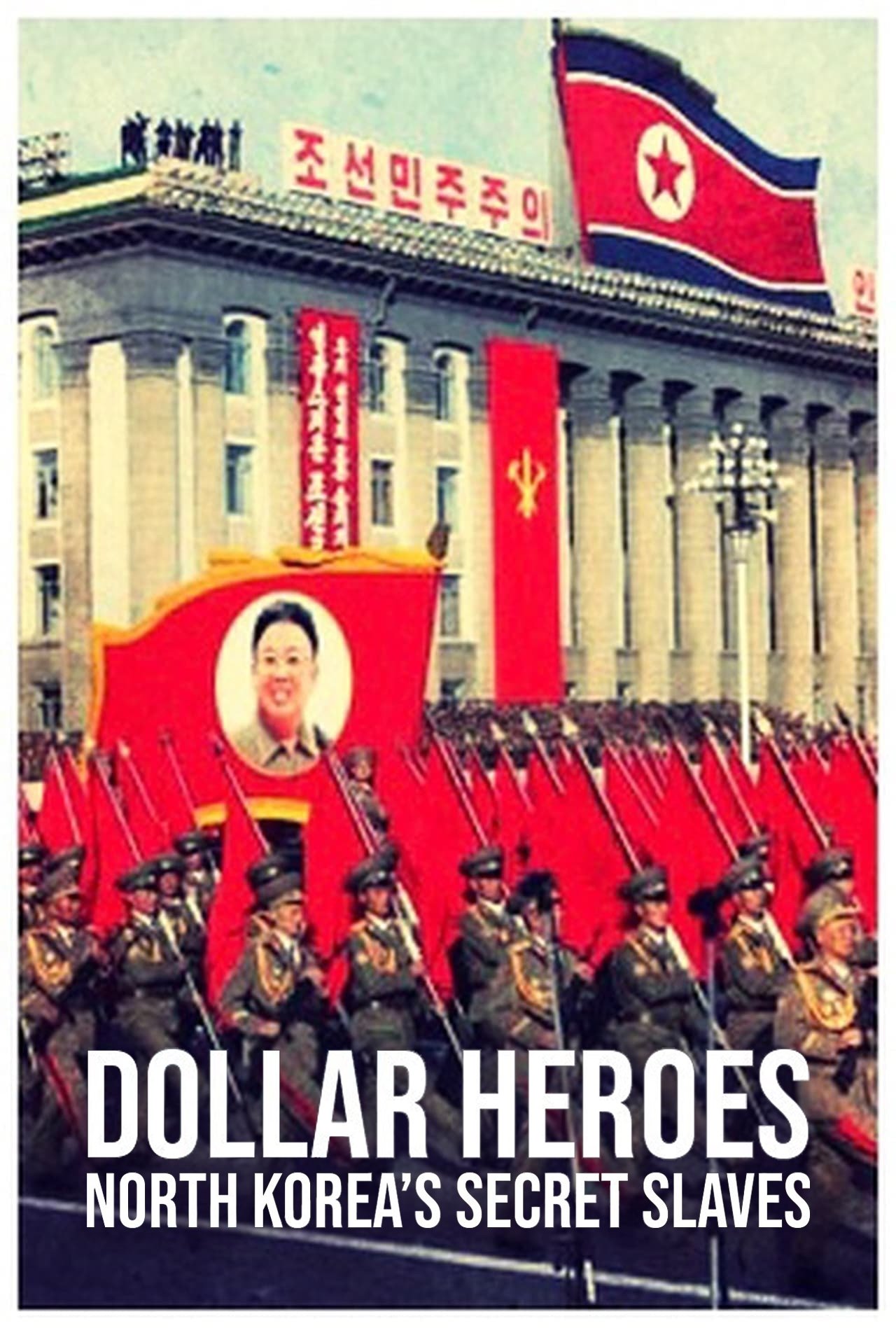
Shrouded in secrecy and notoriously cash-strapped the North Korean regime has resorted to running one of the world's largest slaving operations - exploiting the profits to fulfil their own agenda. These bonded labourers can be found in Russia, China and dozens of other countries around the world including EU member states. Featuring undercover footage and powerful testimonials, we reveal the scale and brutality of the operation and ask what, if anything, is being done to stop it.
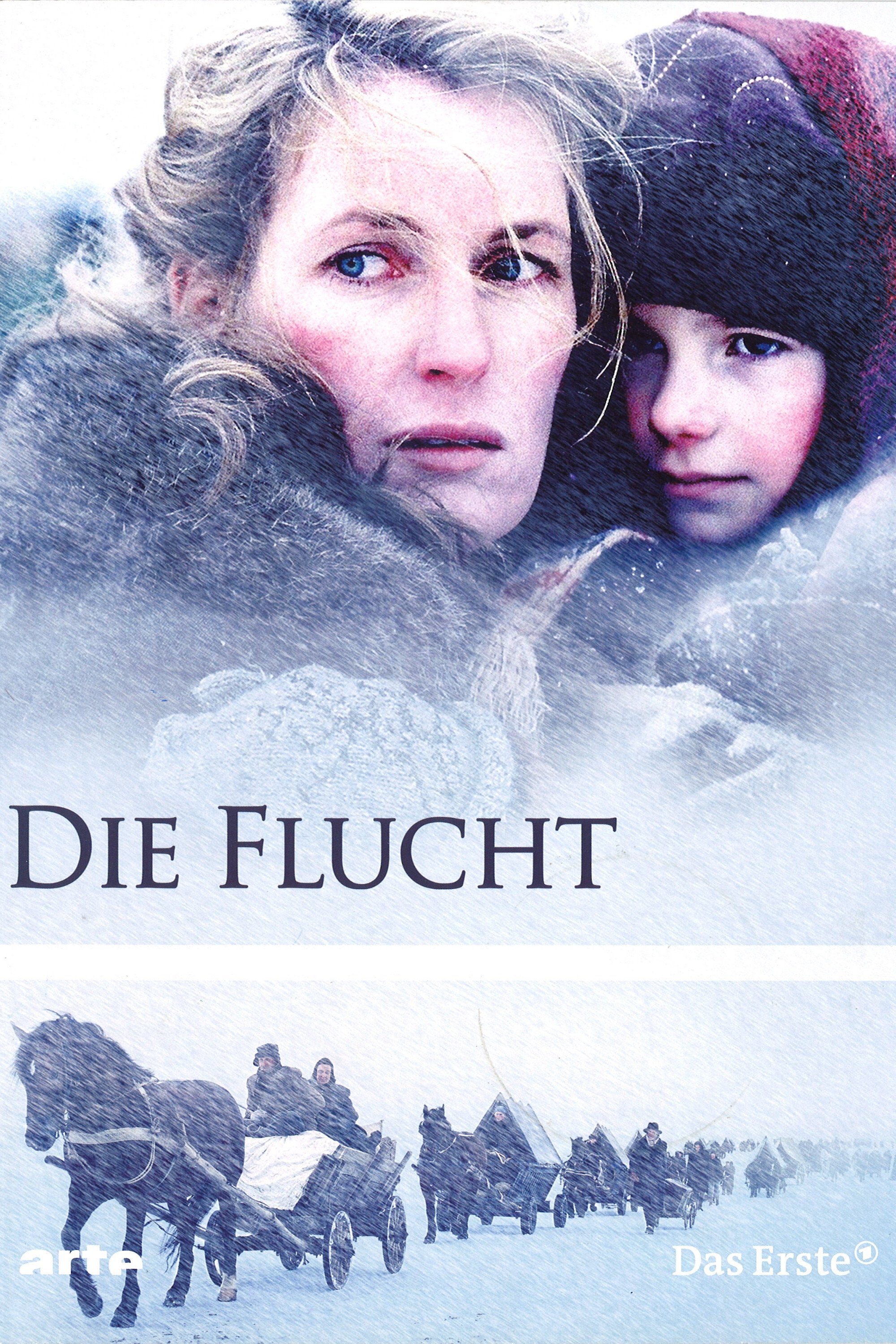
In 1944 many Germans in Eastern Prussia believed like Lena von Mahlenberg, daughter of a local aristocrat, that Hitler would surrender and spare them from being invaded by the vengeful Russian Red Army. He didn't and they had to flee.
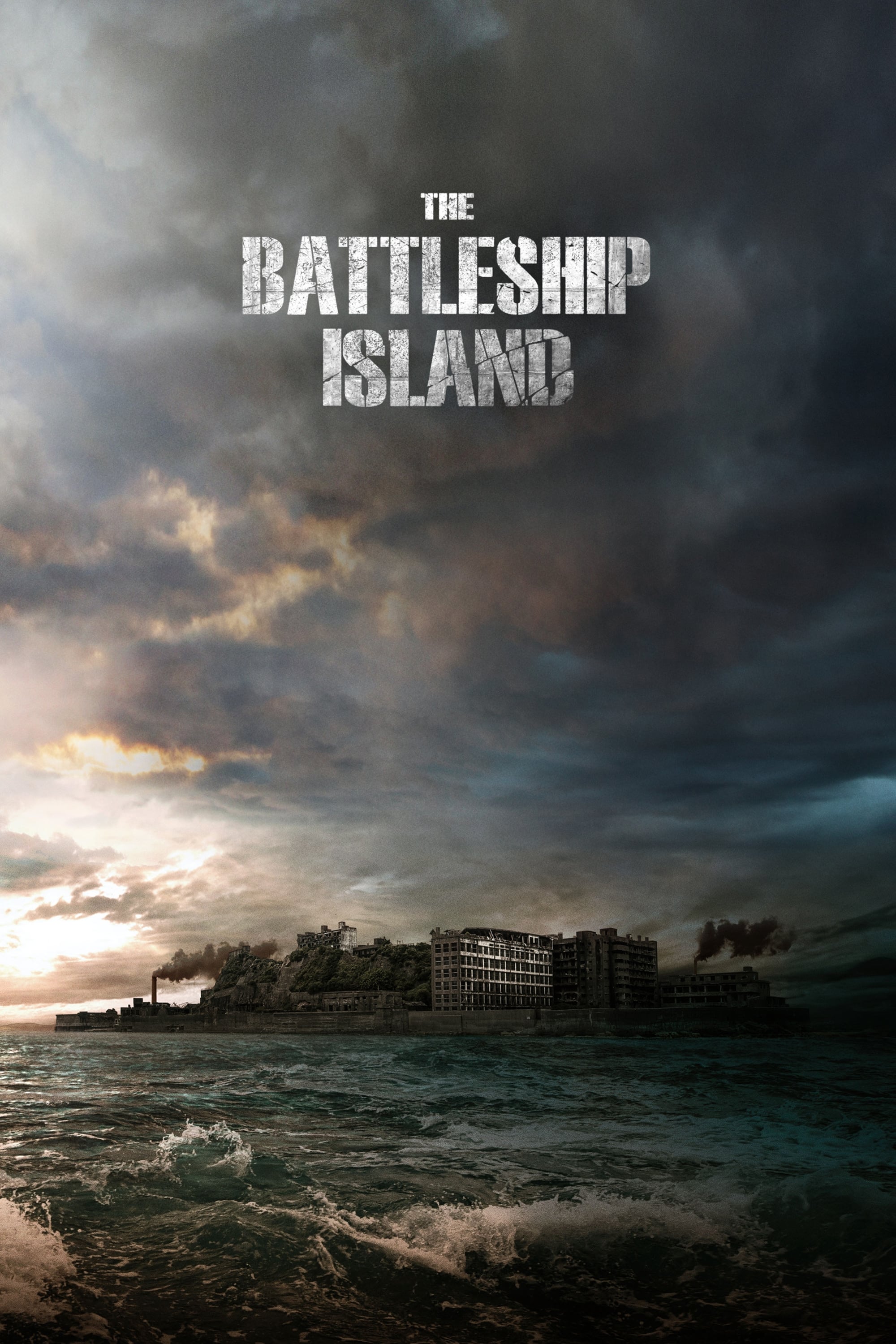
During the Japanese colonial era, roughly 400 Korean people, who were forced onto Battleship Island 'Hashima Island' to mine for coal, attempt to escape.
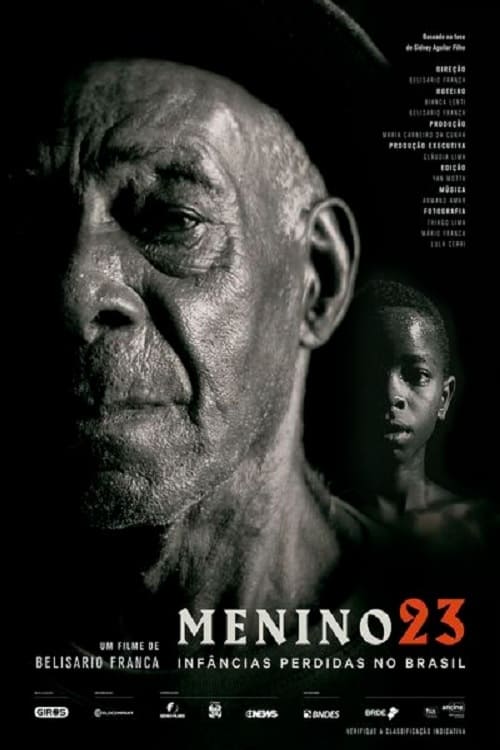
The film accompanies the investigation of the historian Sidney Aguilar after the discovery of bricks marked with Nazi swastikas in the interior of São Paulo. They then discover a horrifying fact that during the 1930s, fifty black and mullato boys were taken from an orphanage in Rio de Janeiro to the farm where the bricks were found. There they were identified by numbers and were submitted to slave labour by a family that was part of the political and economic elite of the country and who did not hide their Nazi sympathizing ideals.
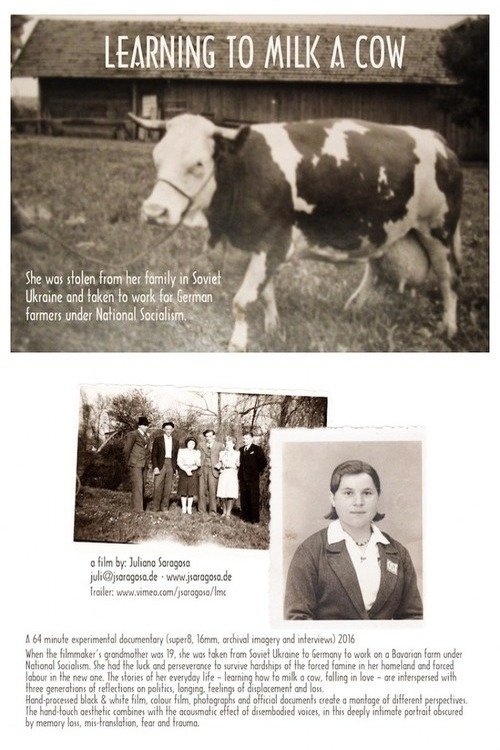
A daring documentary delving into the experiences of a Ukrainian forced labourer in Germany during World War II, exploring themes of love, loss, and profound longing. When the filmmaker’s grandmother was 19, she was taken from Soviet Ukraine to Germany to work on a Bavarian farm under National Socialism. She had the luck and perseverance to survive the hardships of the forced famine in her homeland and forced labour in the new one. The stories of her everyday life – learning how to milk a cow, and falling in love – are interspersed with three generations of reflections on politics, longing, feelings of displacement and loss. Hand-processed black & white film, colour film, photographs and official documents create a montage of different perspectives. The hand-touch aesthetic combines with the acousmatic effect of disembodied voices, in this deeply intimate portrait obscured by memory loss, mistranslation, fear and trauma.
By browsing this website, you accept our cookies policy.